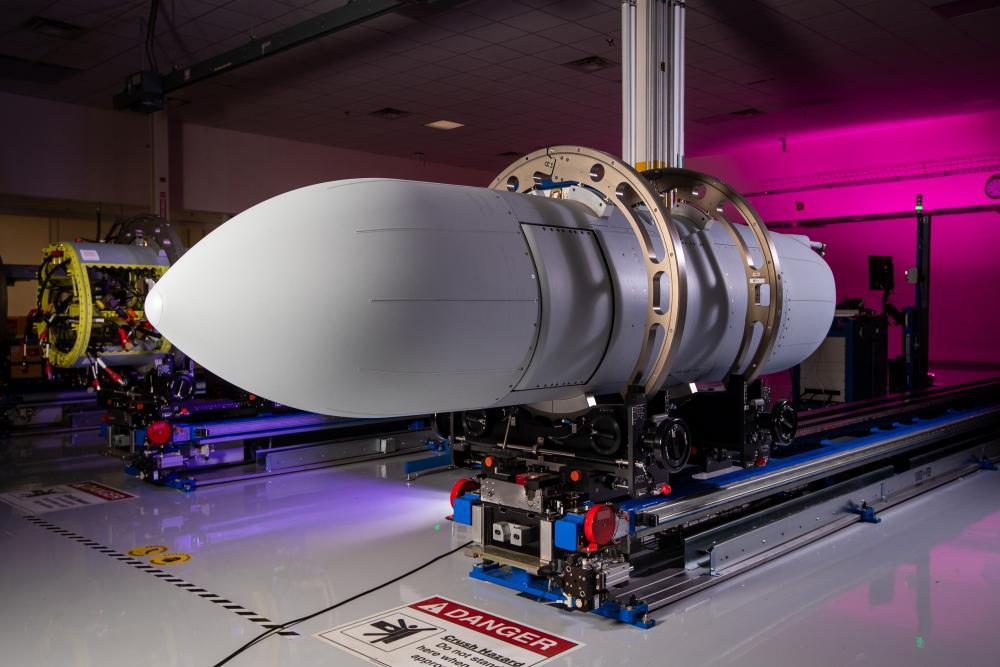
Credit: Raytheon
A panel of lawmakers wants the U.S. Air Force to study integrating stand-off jamming systems on tactical fighters and the entire Defense Department to prioritize development of cognitive electronic warfare capabilities. Both proposals will be voted on by the House Armed Services subcommittee on...
Subscription Required
This content requires a subscription to one of the Aviation Week Intelligence Network (AWIN) bundles.
Schedule a demo today to find out how you can access this content and similar content related to your area of the global aviation industry.
Already an AWIN subscriber? Login
Did you know? Aviation Week has won top honors multiple times in the Jesse H. Neal National Business Journalism Awards, the business-to-business media equivalent of the Pulitzer Prizes.
